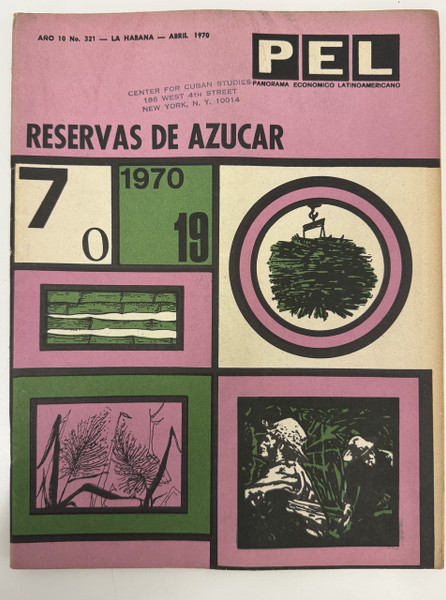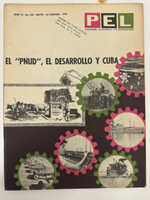- Travel
-
Exhibits
- La Portada Cubana
- Immortal Cuba: Artists Take on Their Heroes
- Seattle Poster Exhibit
- Sandra Dooley & Alejandrina Cué
- The Art of Wayacón
- Cuban Folk Art
- Cuba In Black And White
- 25 Years of Cuban Art Space
- Summer Folk Art Expo
- ¡SPRING AWAKENING FROM CUBA!
- Celebrating The Art Of Cuban Women
- Celebrating Paper, Affordable Art from Cuba
- Art of the Revolution
- Outsider Art
- Lost and Found
- En la lucha: Celebrating Cuban Women and Their Art
- Cuban Art Stash
- 100 Fires: 5 Cienfuegos Artists' Work on Paper
- Waya + Monte! Magic Realism in Cienfuegos
- Viva Cuba Viva! Poster Show
- Cultivando Sueños
- Black Lives Matter in Cuba Jan 9-March 27
- Leandro Soto: Crónicas visuales
- Cuban Canvas
-
Archive
- Global Reflection 2018: Spirit and Community
- Exhibit in the cloud: Contemporary Works on Paper
- MADE IN CUBA! MINNEAPOLIS EXHIBIT
- Cuban Posters and Photography from CCS collection
- AUTUMN SALE! Sept/Oct 2017
- SPRING ARTS AND CRAFT SALE
- Vuelo Directo/Non Stop: Alberto & Alejandro Lescay
- The Many Faces of Fidel
- Somos
- Made in Cuba!
- The US empire in Cuban graphics
- Made in Cuba/Seattle exhibit
- Entre Nos
- Looking Back
- Cuban Art Space
- Membership/Donate
- About Us
- Cuba News
-
This April 1970 issue of PEL (Panorama Económico Latinoamericano) addresses global sugar reserves during a critical period for Cuba's sugar-dependent economy. The cover employs bold graphic design combining pink, green, black, and cream in a modernist grid composition featuring woodcut-style illustrations of sugarcane stalks, bundled cane, flowering sugar plants, and agricultural laborers cutting cane. The prominent "7 0 1970 19" typography emphasizes the historic 1970 harvest year when Cuba attempted its ambitious 10-million-ton sugar harvest goal—a massive national mobilization that would ultimately fall short but transform Cuban society and economy.
Published by Prensa Latina under director M. Fernández Colino, this issue appeared as Cuba redirected enormous resources toward sugar production, with Fidel Castro declaring the harvest a "moral commitment" to demonstrate revolutionary capabilities. The magazine's analysis of global sugar reserves provided crucial context for understanding Cuba's strategy of leveraging sugar exports to finance development and maintain economic independence despite the U.S. embargo. The cover's aesthetic choices—woodcut imagery evoking both folk traditions and socialist realist labor iconography—visualized sugar production as simultaneously traditional agrarian practice and modern revolutionary endeavor, reflecting ongoing tensions in Cuba's development model between agricultural monoculture inherited from colonialism and aspirations toward diversified industrial socialism.
-
-
Discover More at the Center for Cuban Studies







